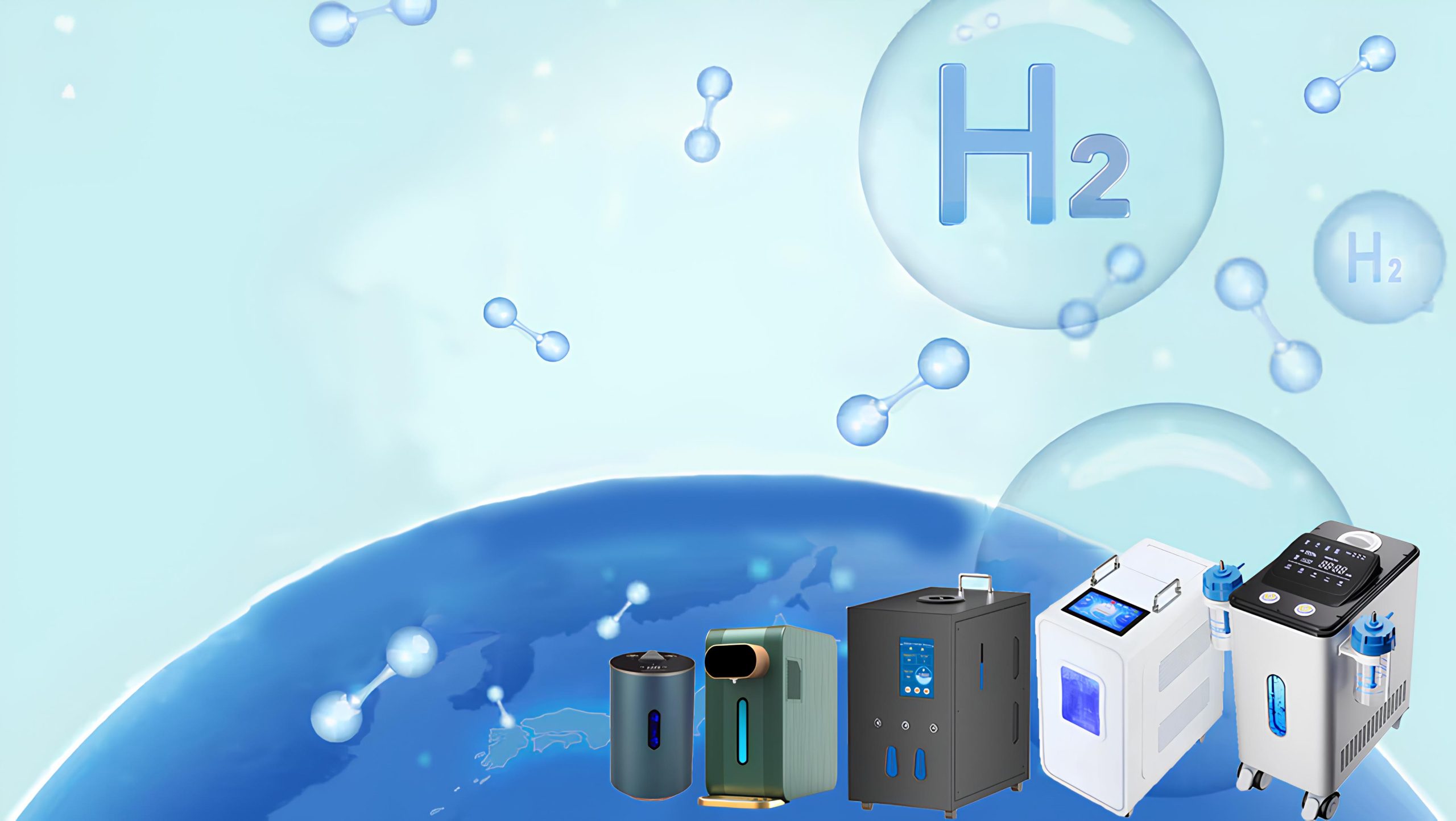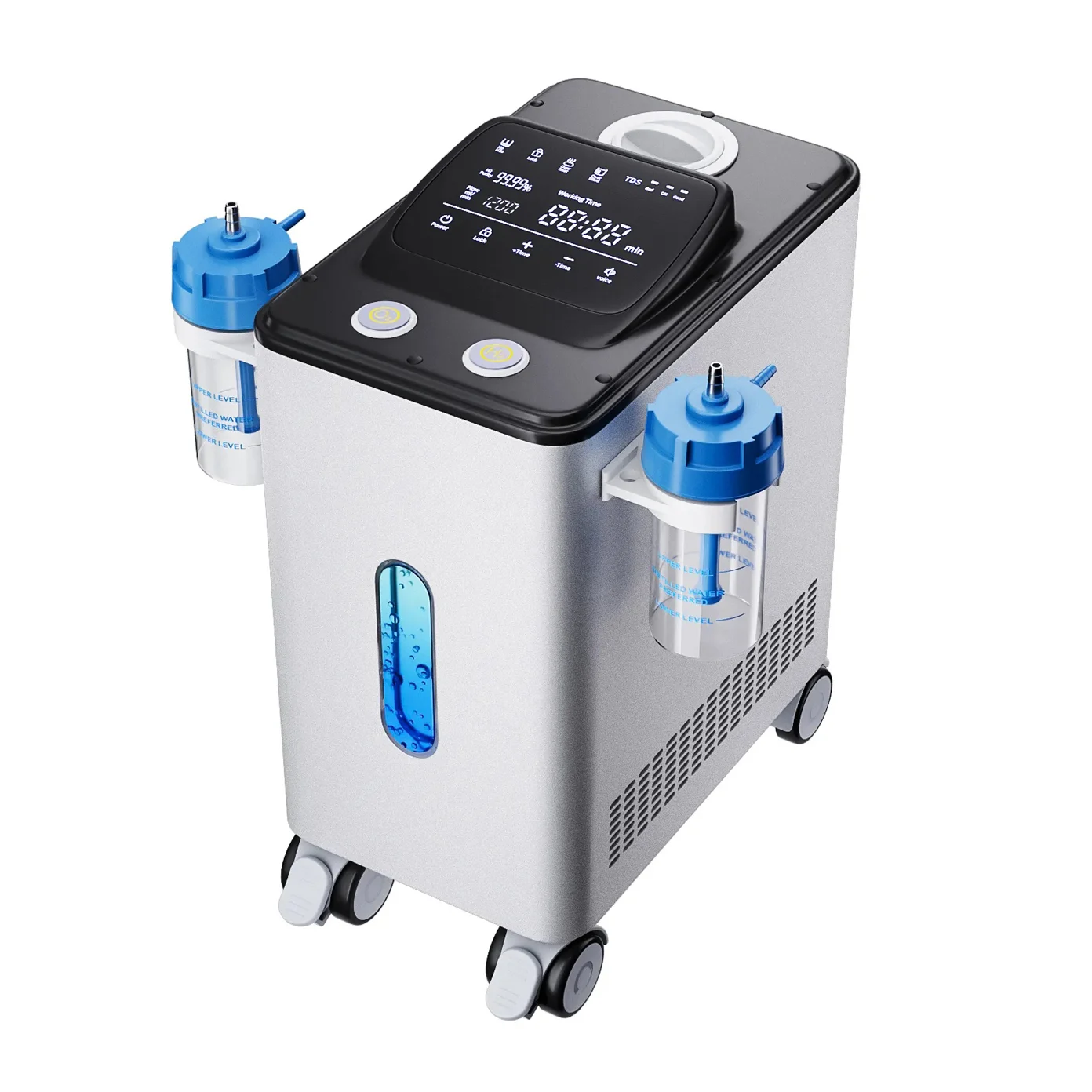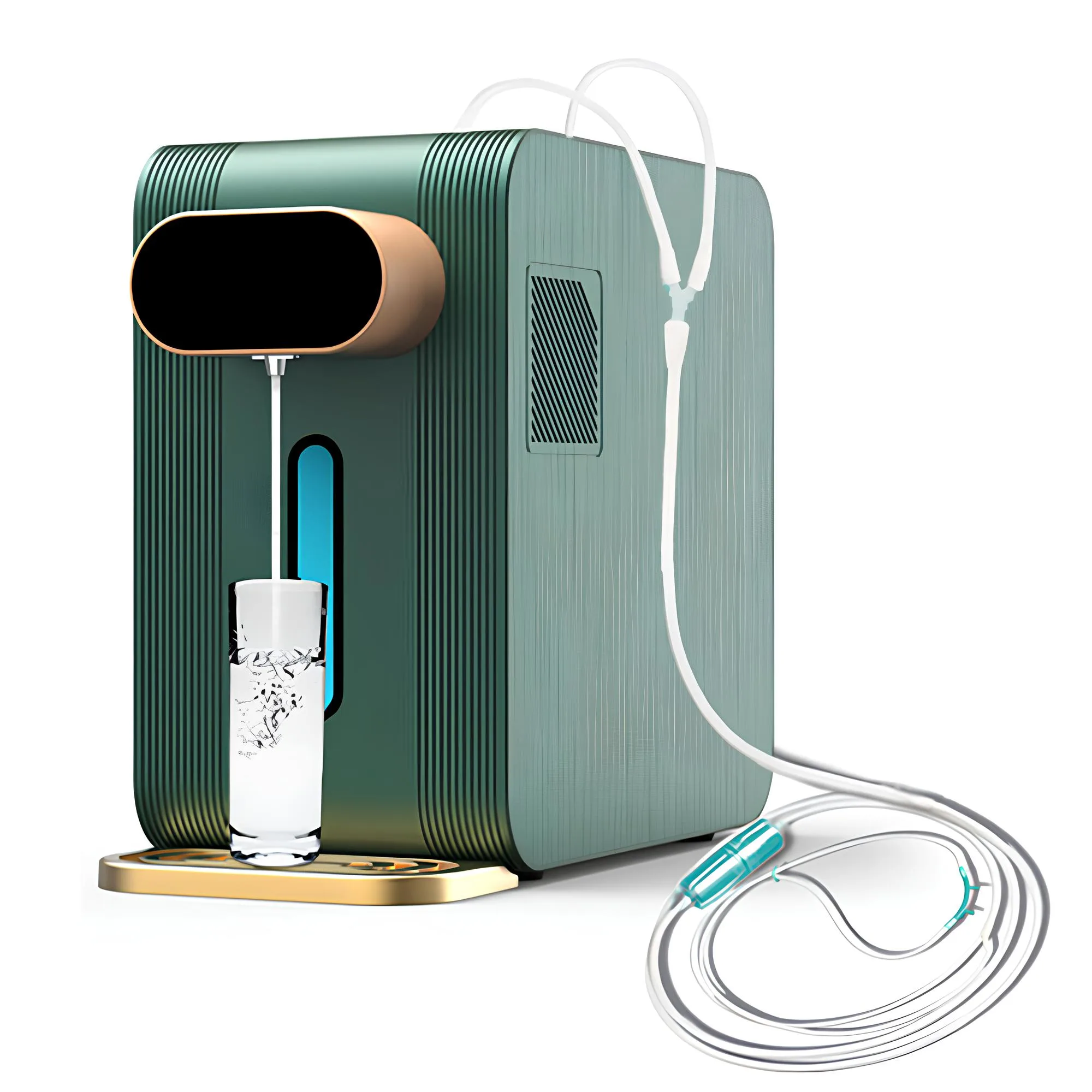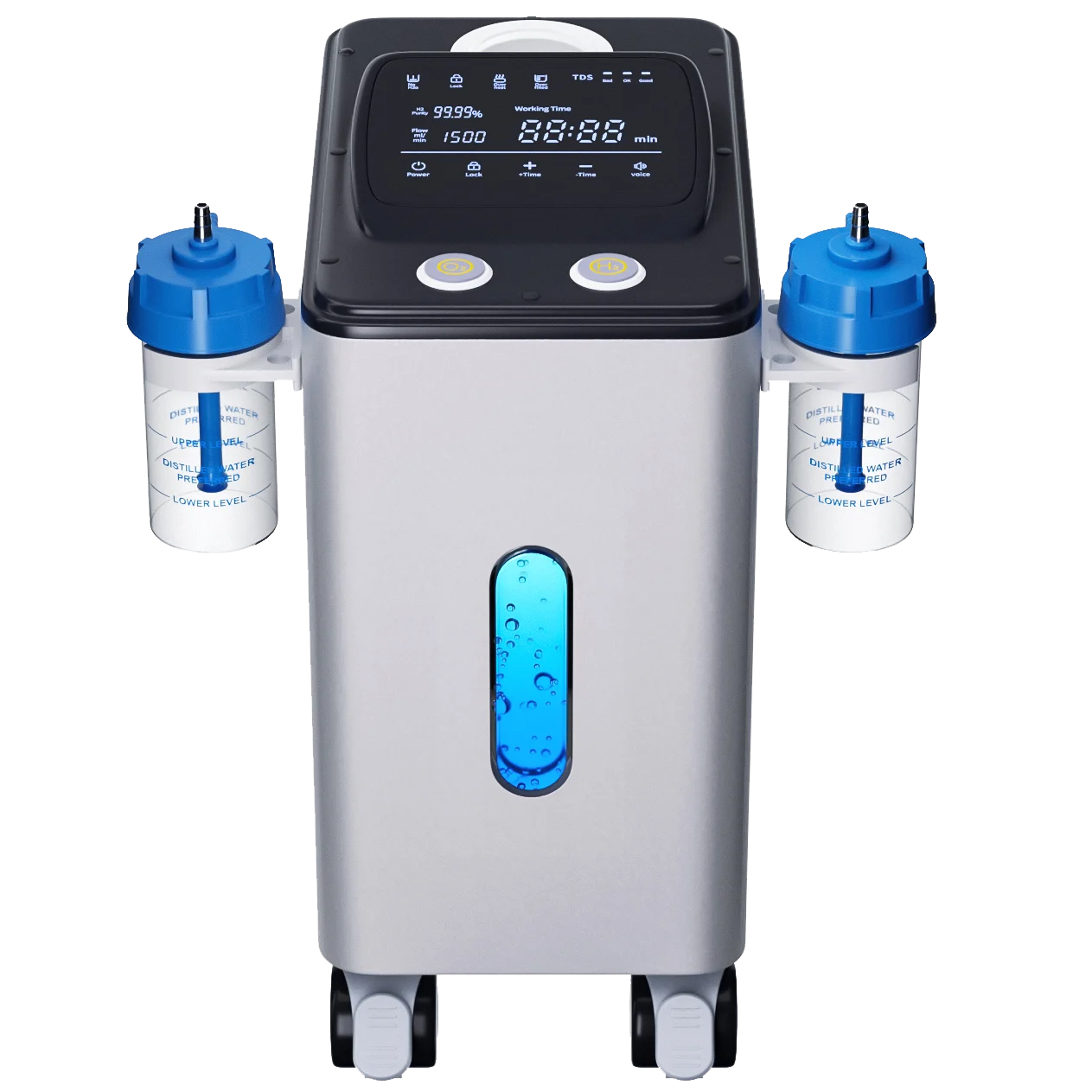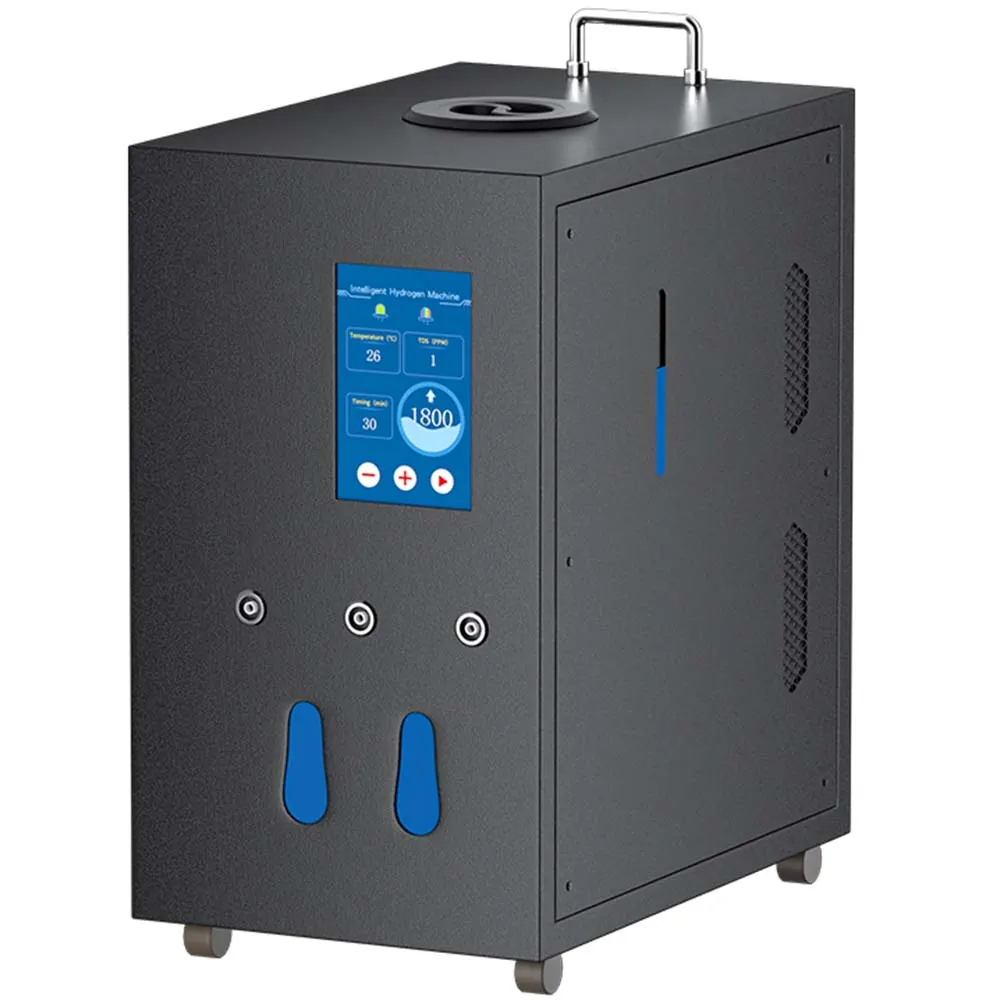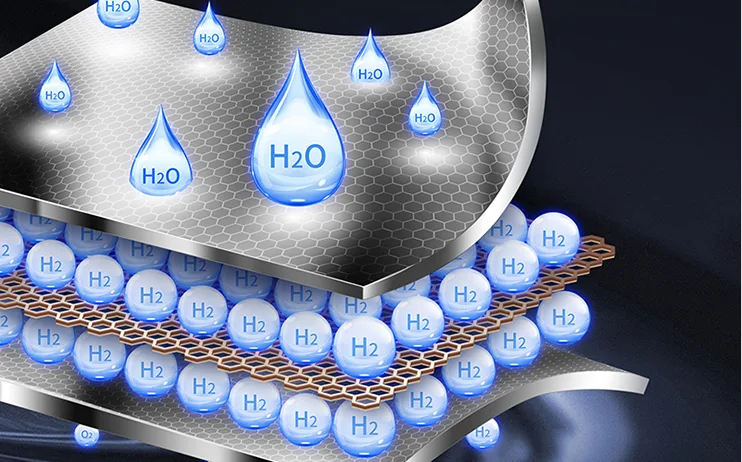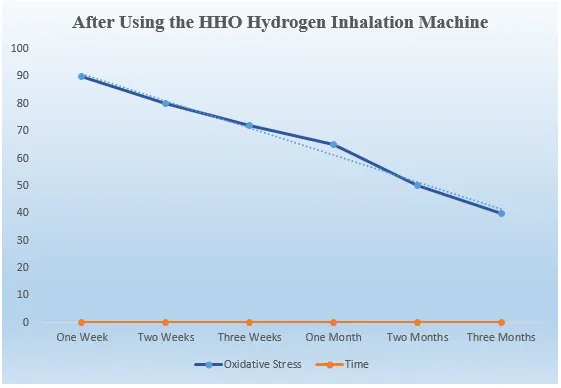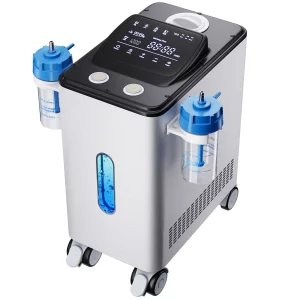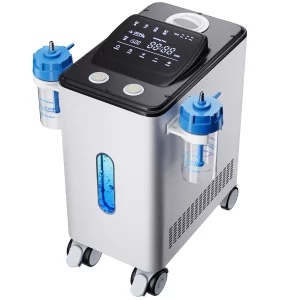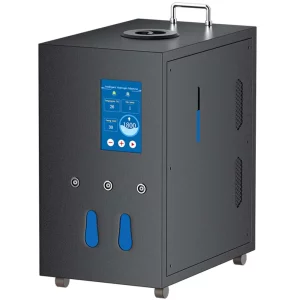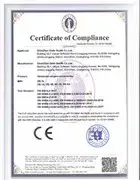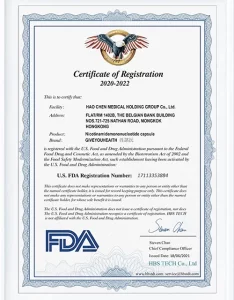Recommendations On Flow Rate Selection
225ml/min: This is a low flow rate, suitable for long-term daily health care or individuals with a high sensitivity to hydrogen (such as children and those with weak constitutions). This lower flow rate provides a gentle supply of hydrogen, which gradually exerts its antioxidant effects through continuous inhalation, reducing chronic oxidative damage in the body. It is a suitable basic choice for daily health maintenance.
300-450ml/min: A medium-low flow rate, balancing safety and practicality, is a common choice for daily home use. At this flow rate, hydrogen is moderately efficient in entering the bloodstream through the respiratory tract. It can help relieve mild fatigue and improve sleep quality, and is also suitable for middle-aged and elderly individuals as a regular health dose. Long-term use can help regulate the body’s redox balance.
600-900ml/min: A medium-high flow rate, suitable for scenarios requiring more intensive interventions. For example, it can help alleviate work fatigue, recover after exercise, or assist in improving respiratory symptoms in individuals with sub-health conditions. This flow rate provides a relatively high hydrogen concentration, enhancing the ability to neutralize harmful free radicals in the body, while also meeting the needs of multiple people (e.g., two or three people using the device simultaneously within a household).
1200-1500ml/min: High flow rate design, primarily used in scenarios requiring high hydrogen demand, such as rehabilitation support and use in professional healthcare facilities. This higher hydrogen supply improves hydrogen bioavailability in the body, theoretically accelerating its metabolic process, helping to mitigate inflammation and promote tissue repair. It is suitable for those with targeted health management needs.
1800-3000ml/min: Ultra-high flow rate, typically used in commercial or professional settings (such as rehabilitation centers and healthcare management organizations), can accommodate multiple users or specific high-dose interventions. Its mechanism of action is to maximize hydrogen diffusion efficiency within the body by continuously delivering high concentrations of hydrogen, making it suitable for group use or short-term intensive treatments.
